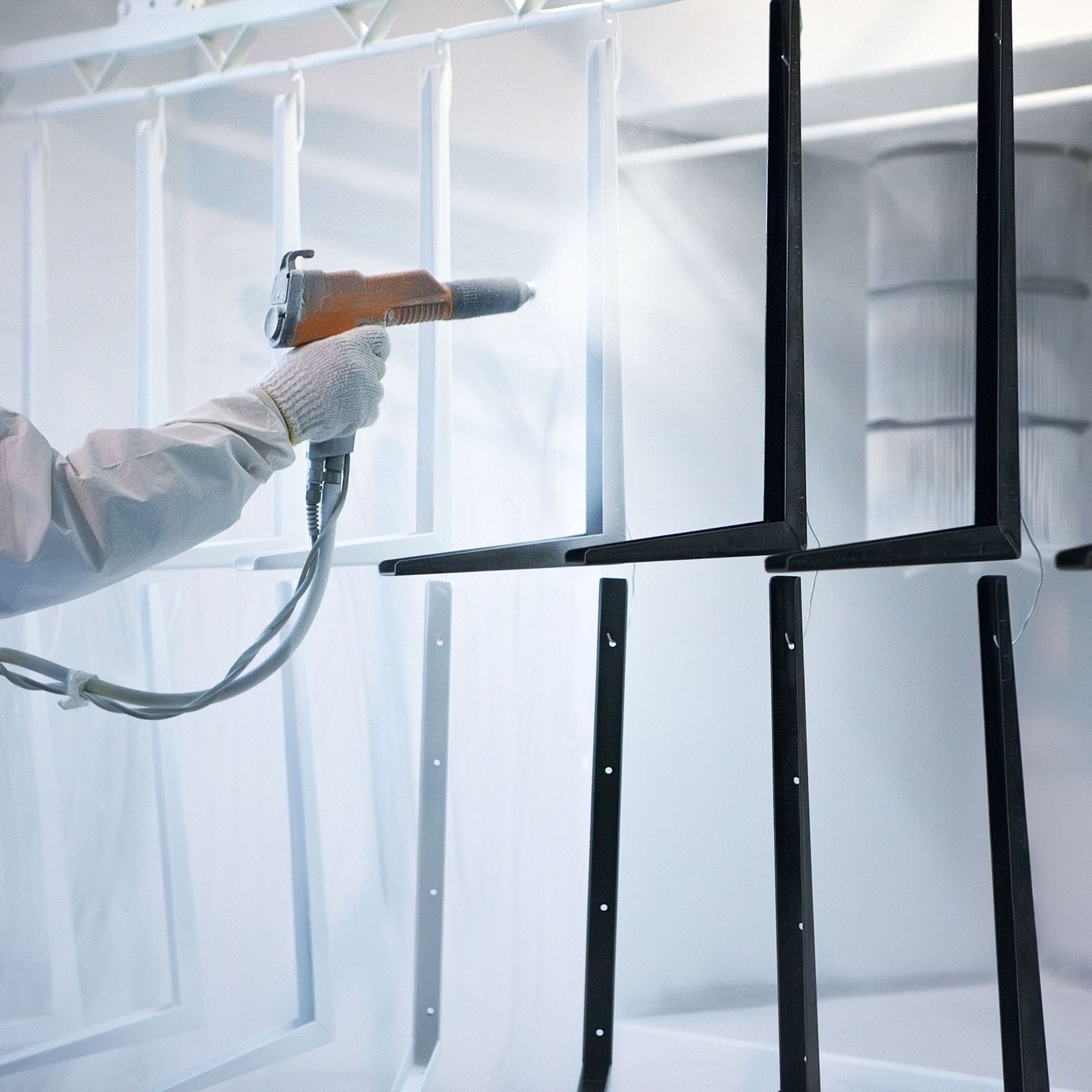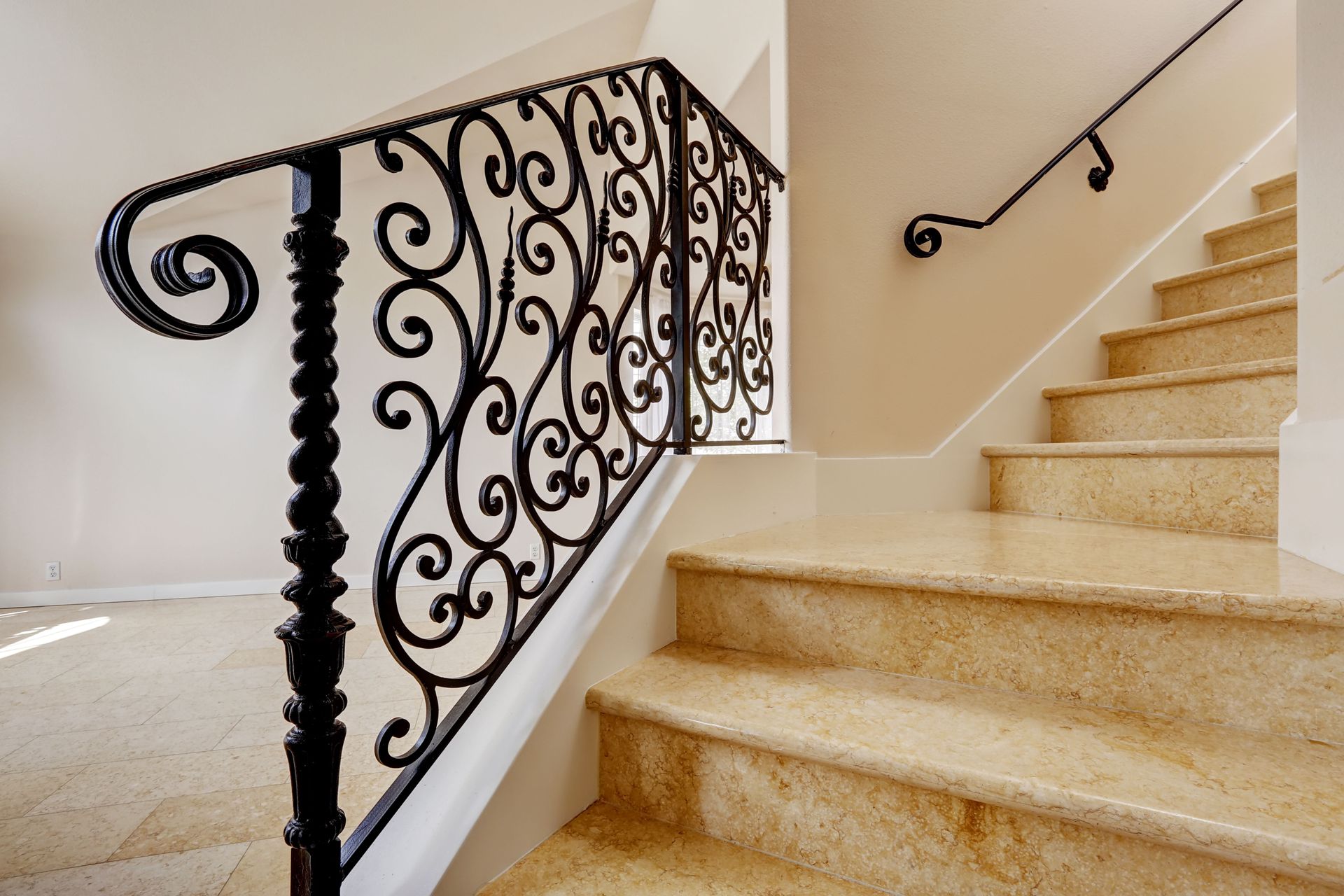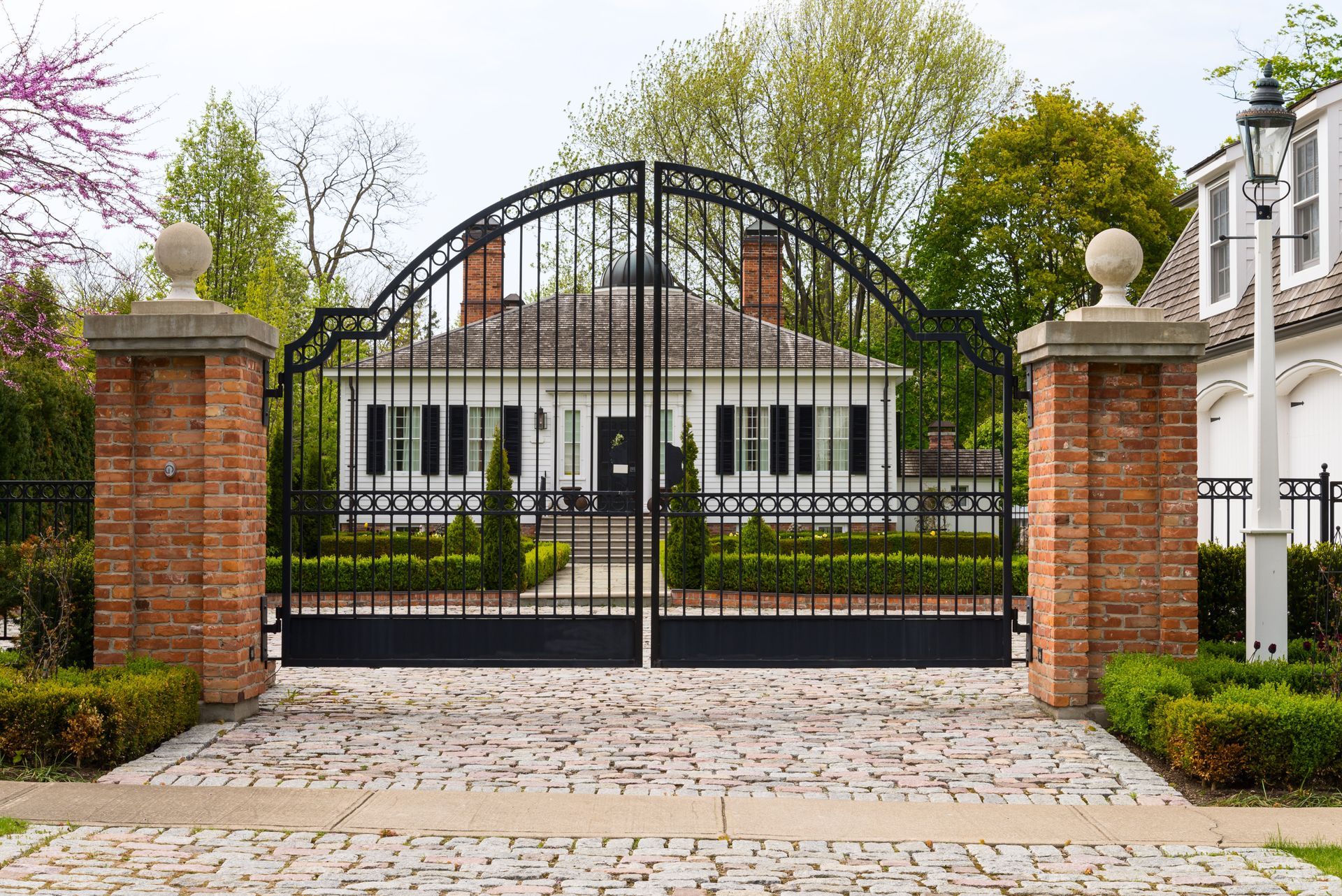3 Interesting Facts About Metal Fabrication
Metal fabrication is a fascinating field that combines art, technology, and engineering to transform raw metals into complex structures and products. Whether shaping intricate components for modern machinery or crafting everyday objects, metal fabrication plays an essential role in various industries. This includes the fabrication of misc metals, which often support larger structural projects with custom brackets, stairs, handrails, and ornamental features. In this post, we'll explore some interesting facts that highlight the depth and breadth of this remarkable craft.
1. The Iron Age
One pivotal moment in the history of metal fabrication was the onset of the Iron Age, which marked a significant transformation in how metals were used and worked. According to Tulsa Welding School, the modern age of metal fabrication is thought to have begun around 1,500 BCE with the start of the Iron Age. During this period, ancient civilizations discovered more efficient processes for extracting and forging iron, leading to advances in weapons, tools, and infrastructure that propelled societal progress. This era laid the groundwork for modern metalworking techniques and innovations.
2. Modern Metal
In today's world, metal fabrication encompasses a wide range of processes including cutting, bending, welding, and assembling metal components. These techniques have evolved significantly, incorporating advanced technologies like computer-aided design (CAD) and computer-aided manufacturing (CAM) to increase precision and efficiency. The integration of robotics and automation has further enhanced the capability to produce intricate and precise metal structures on a large scale. Many shops also specialize in misc metals, custom-fabricated metal pieces that don't fall under typical structural steel categories but are essential to completing construction projects.
3. Craft and Creativity
Metal fabrication is not only about large-scale manufacturing; it's also a field that appeals to artists and hobbyists alike. Many artisans use traditional metalworking techniques to create stunning pieces of art, jewelry, and ornamental objects. The versatility of metals allows them to be molded into almost any shape or form, making metal fabrication a popular choice for creative expression. Whether it is sculptural art or building-specific misc metal components, this blend of functional and artistic aspects has continued to inspire generations of metalworkers and craftsmen around the globe.
Metal fabrication is an essential and dynamic aspect of both historical and modern industry, with roots tracing back to ancient civilizations and innovations continuing into the digital age. From monumental construction projects to detailed artistic endeavors, metal fabrication remains a foundational element of human achievement and creativity. As new techniques and technologies emerge, the future of metal fabrication promises to be just as compelling as its storied past. To learn more about our metal fabrication services, reach out to our team at Cacciola Iron Works today!





Share On: